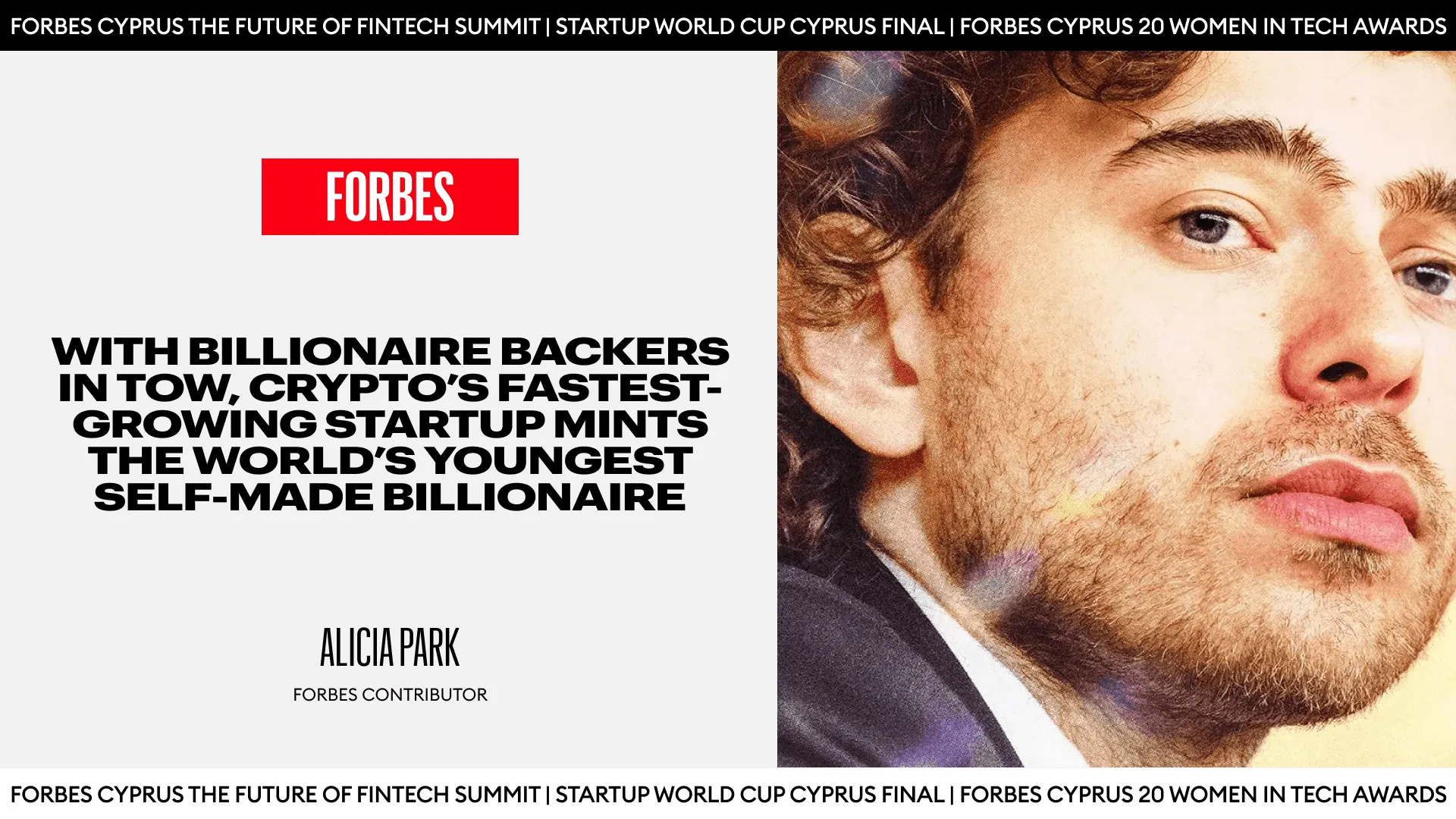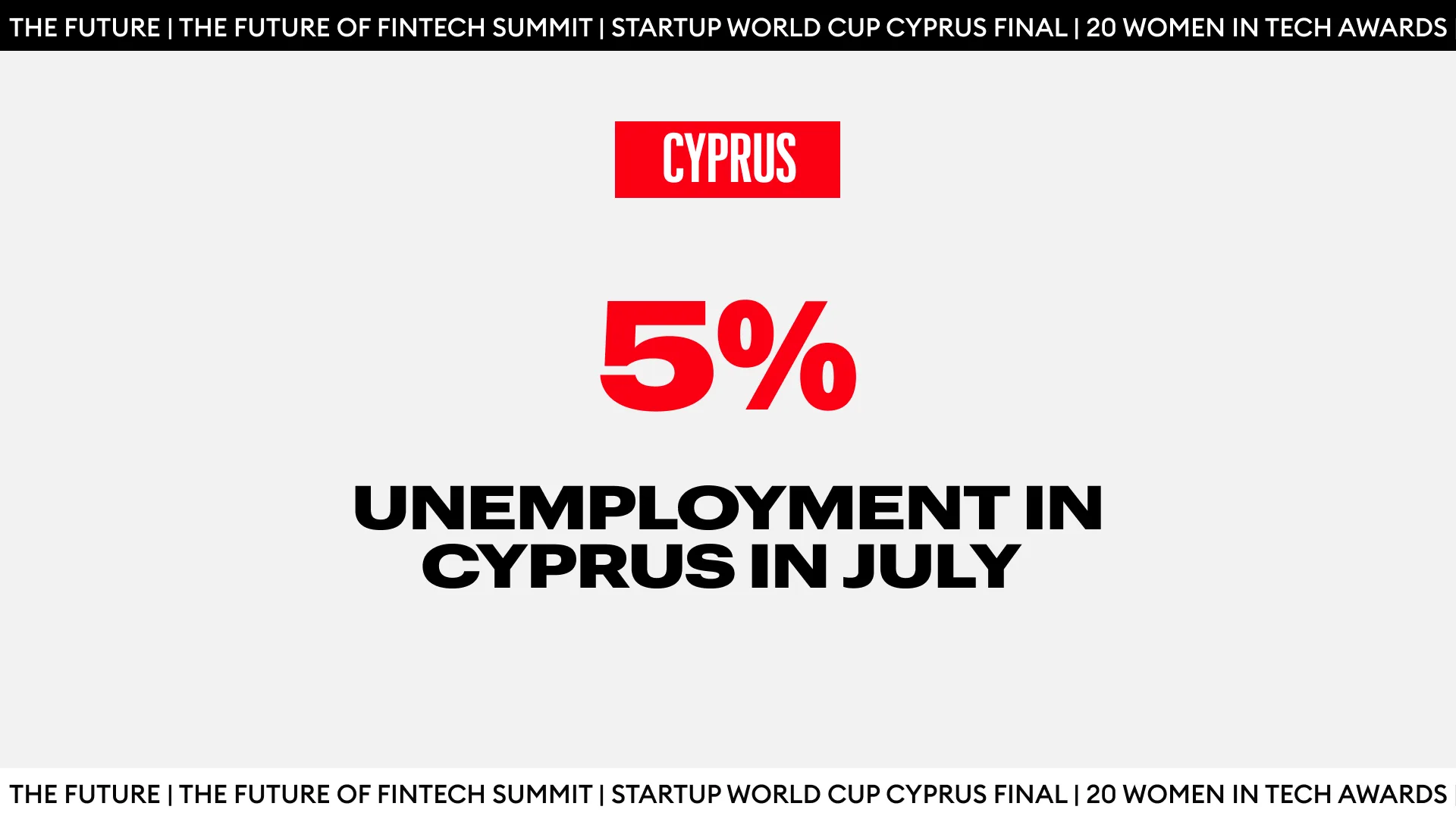Everyone loves a rags-to-riches story. Enter Tinder.
The platform was launched in 2012 inside Hatch Labs, a startup factory funded by IAC, the same company behind Match.com and OkCupid. During a 48-hour hackathon, founder Sean Rad and engineer Joe Munoz introduced what became the now-ubiquitous swipe interface: right for yes, and left for no.
Follow THE FUTURE on LinkedIn, Facebook, Instagram, X and Telegram
That small, seemingly trivial design decision transformed the way people search for love and became the shorthand for modern dating. Even outside the app. One design decision, made possible through corporate capital funding, did not just pervade the cultural and linguistic dynamics of global dating culture; it changed it.
Investors are not passive financiers. By choosing which technologies (and their features) to fund and scale, their role is more akin to cultural curators, directing not only where capital flows, but how society itself evolves.
The same dynamic applies to sectors investors choose not to fund. Intimacy technology, which includes dating platforms, sexual wellness apps, and relationship tools, has faced widespread resistance from venture capital. Limited partners go so far as to include vice clauses in their LPAs that exclude anything resembling sextech.
Consumers want these products. The intimacy-tech market already exceeds €40 billion, with forecasts above €100 billion by 2030. New, more diverse startups, however, are failing early once their bootstrapping dries out. A few big companies dominate most of the market. In dating, Match Group controls nearly every major app, while OnlyFans has become shorthand for creator-led adult content.
If capital can turn a swipe into a cultural default, its absence in intimacy tech is equally consequential. Without venture capital funding to support alternatives, most of the intimacy-tech startups rarely reach scale.
The result? The culture of human intimacy is left in the hands of a few firms, while smaller challengers, often building for more diverse user communities, are being swiped left.
Loneliness as a cultural fault line
The World Health Organization has identified loneliness as a public-health crisis, affecting one in six people worldwide and contributing to more than 871,000 deaths annually. The report emphasizes that strong social connections “can lead to better health and longer life.”
According to the Harvard Gazette, health experts increasingly view social connection as a basic human need, as vital to wellbeing as food and shelter. The U.S. Surgeon General has compared the harms of social isolation to smoking 15 cigarettes a day.
The causes for loneliness and social isolation are complex. These can include poor health, low income, weak community infrastructure and policies, and even the digital technologies that lead much of modern life. A 2023 study published by Frontiers in Psychology found that users who rely on social media primarily to maintain relationships report higher levels of loneliness than those who use it for other purposes. Another study by PMC, “Social Media Use and Loneliness: A Systematic Review,” revealed that people dealing with anxiety and depression often turned to digital spaces as a form of self-soothing. The reliance, they conclude, does not resolve loneliness, and can, in fact, if not carefully managed, reinforce or even worsen the feelings of depression and disconnection over time.
“In this age when the possibilities to connect are endless, more and more people are finding themselves isolated and lonely,” said Dr Tedros Adhanom Ghebreyesus, WHO Director-General.
Loneliness has transitioned from a private, behind-doors struggle to a public-health crisis with economic, social, and cultural implications. It is this gap between human (unmet) need and existing solutions that fuels the intimacy tech sector.
The 2024 Love&Lust Report puts it this way:
“Powerful needs create lucrative markets. Loneliness — a lack of companionship and intimacy — has become a growing problem for humanity over the last twenty years.”
Intimacy tech, the authors argue, is a response to one of the most pressing social challenges of the present.
The intimacy tech sector
Tools for sexual stimulation are not new. Archaeological finds suggest early humans used objects resembling dildos for sexual stimulation at least 28,000 years ago. Some researchers have disputed the label, but the shape and finish of the siltstone phallus found in the Hohle Fels Cave in Germany strongly suggest a sexual purpose.
In the 1960s, long before anyone swiped right, artists and researchers began to experiment with biofeedback devices and early interfaces that connected bodies and machines. These projects treated intimacy as something that could be measured and collected through data. It was technology that eventually turned these tools into a market. In the 1990s, dating platforms like Match.com took off, launching three years before Google.
The sector is often described as “sextech,” a shorthand for products designed to enhance sexual experience, intimacy, or health. In this article, I use the term “intimacy tech” instead. It captures a more comprehensive and diverse network of products and solutions and showcases the industry’s emotional, relational, and sexual dimensions in a single frame.
Today, Grand View Research values the intimacy tech market at more than USD 40 billion, with projections topping USD 100 billion by 2030. Roots Analysis goes further, forecasting USD 250 billion by 2035. The sex toy market alone is estimated to double to USD 44 billion by 2030.
Europe’s intimacy-tech startups raised about GBP 232 million between 2021 and 2022, according to Dealroom data reported by Sifted. That is less than a third of what the pet tech sector raised in the same period.
The gap in funding has little to do with market demand, which continues to grow rapidly. OnlyFans processed over USD 6 billion in gross payments in 2023, while online dating continues to generate billions in annual revenue.
However, founders trying to build within the Love & Lust ecosystem are met with barriers and restrictions that cut across all aspects of their business. Many investors refuse to back them because of “vice clauses” that rule out any business remotely related to sex and intimacy in their fund mandate. Any marketing efforts are limited or banned altogether by social media platforms such as Meta, which restrict or reject ads even for sexual health and wellness. Apple’s App Store and Google Play apply strict content bans on the distribution of apps, decreasing the chance that intimacy-related apps will reach users. Even if a product jumps through all these hoops, payment processors, such as PayPal, Visa, Mastercard, and Stripe, have been reported to label businesses that carry adult content or sexual wellness products or even hold stigma or reputational exposure as “high risk.” This leads to higher fees, imposing rolling reserves, or denying onboarding altogether.
Taken together, these constraints make intimacy tech one of the hardest categories to build in. Products can launch, but few can grow into sustainable businesses with the potential to scale.
Love&Lust as Cultural Curators
Founded by Anna Sholina and Asya Vetlugina, Love & Lust VC is one of the first funds dedicated to intimacy technology and “things that never change — like love, passion, and human connection.” The founders refer to their market as the “Love & Lust ecosystem,” which includes dating and adjacent services, women’s health and relationship wellness, sex toys, and adult content.
Providing access to capital, however, is not the only goal of the VC. Love & Lust has created a community that “supports niche dating, including gaming, queer groups, groups built on shared hobbies, religions, or other interests, such as Web3 enthusiasts. This is all part of the broader niche-by-interest approach,” explains co-founder Asya Vetlugina. “It is important to note,” adds Anna Sholina, “the dating market is now transforming towards socialisation, making friends, and expanding social circles — it is not always about romance.”
The community also connects founders and venture capitalists to help bridge the gap between market demand and a lack of funding. “On the one hand, almost everyone in this space knows each other globally,” adds Anna Sholina, “On the other hand, it can be quite hard to break in from the outside. Love & Lust helps new people and technologies enter the industry.” Their community, therefore, is a space to not only access but also build the infrastructure and social capital the sector has previously lacked.
The decision to launch the fund came after a survey of the market. “When we began researching the intimacy space, what shocked us wasn’t just how few solutions existed. The entire category is dramatically unsupported.”
The lack of capital, Asya Vetlugina argues, is itself a problem. If a sector remains underfunded, those with money set the defaults and define the norm. In the case of intimacy, that norm infiltrates the deepest and most personal domains of human existence. That is, how people connect with their own bodies and with others. “Intimacy isn’t neutral, and what we fund sends a message.”
It is this non-neutrality that feeds the founders’ investment philosophy. Asya Vetlugina ties it to her own lived experience. “As many of us discover through personal development, we eventually confront the patterns we carry: anxiety, fear of not being enough, and emotional withdrawal. I realized these dynamics weren’t just shaping my intimate relationships, they were influencing my professional choices too, sometimes leading me to build from scarcity, not purpose.”
Capital has the power to build or replicate from a place of “disconnection,” replicating a very human need to “escape” the emotions that feel uncomfortable. It also has the power to “create not from lack, but from self-worth,” supporting products that contribute to a culture of connection and safety.
Investment decision can be approached on market logic alone, i.e., business-as-usual mindset, looking at consumer trends, and potential to scale, or with a more personal, value-driven intention. Or both simultaneously.
That power not only influences which products are likely to succeed in the market but also sets the barriers for which ideas are even possible. Here is where the risk for “copycats” enters the room. These products that merely recycle the same features for the same class of users cement existing defaults and norms, and push communities with different needs further into the shadows.
Asya Vetlugina is explicit about what Love & Lust seeks out:
“We’re looking for blue ocean views, products that reframe how people experience connection.”
The fund has made it its mission from the beginning to bring capital and support to communities often overlooked or excluded.
“Queer users, neurodivergent people, and non-traditional families are often the first to create new relational models, because the mainstream ones weren’t built for them,” says Asya Vetlugina. “They’re early adopters, system hackers, and visionaries. We don’t just invest in inclusion, we invest in insight, loyalty, and long-term category creation.”
The founders are well aware, however, that their role or expertise does not lie in ethics gatekeeping. Rather, they involve specialists who can build standards for safety and sustainability alongside product innovation and growth. “We don’t act as ethical advisors ourselves, and we’re transparent about that. Our strength is in product, growth, and GTM strategy. When emotional or ethical design questions arise, we bring in trusted experts from our advisory board, which includes clinicians, consent educators, and wellness professionals.”
It is this transparency, depth of knowledge of the market, and openness to share responsibility with experts in the field that sets them apart. This also strengthens the fund’s long-term goal.
“We want Love & Lust to help rewrite how the world thinks about intimacy,” explains Asya Vetlugina. “If in ten years investors and media are taking SexTech seriously, we’ll know we’ve helped open up space for real cultural change.”
Last thoughts
When venture capitalists choose to fund social media platforms engineered to keep users inside their virtual worlds, or new communication tools that attract masses and set cultural trends, or AI tools that automate hiring decisions, they’re not just allocating capital. They are deciding which behaviors get amplified and normalized at scale.
The same can be said about intimacy technology. One design decision, backed by significant capital funds, turned a simple swipe into a cultural cornerstone for the culture of modern dating. Tinder climbed the ranks of dating platforms and continues to be one of the most popular platforms for people searching to meet a very basic human need: connection.
The platform has faced criticism for algorithmic bias. Investigations by the Mozilla Foundation argue that Tinder and similar apps promote white, heteronormative models of relationships while perpetuating biases around race, gender, and sexuality. There are ongoing concerns about data privacy, too, which does little to build an environment of trust and safety in a space where it’s needed most.
The example of Tinder reflects the paradox of intimacy tech. The platforms that dominate and attract the most funding often do so not because they serve everyone, but because they reflect the defaults investors have been willing to back.
If capital can turn a swipe into a cultural norm, what happens when venture capital refuses to back alternative visions of intimacy?
The question isn’t whether the intimacy tech sector will grow. The data shows it will.
The real question is whether those who fund it will remain passive financiers chasing returns or will they choose to take accountability for their role as cultural curators, responsible for creating an ethical and sustainable framework for how millions of people find pleasure and connection. With each other. With themselves.
“Intimacy isn’t neutral,”
says Asya Vetlugina.
So, how do we de-neutralise the capital building tomorrow’s intimate cultures?








